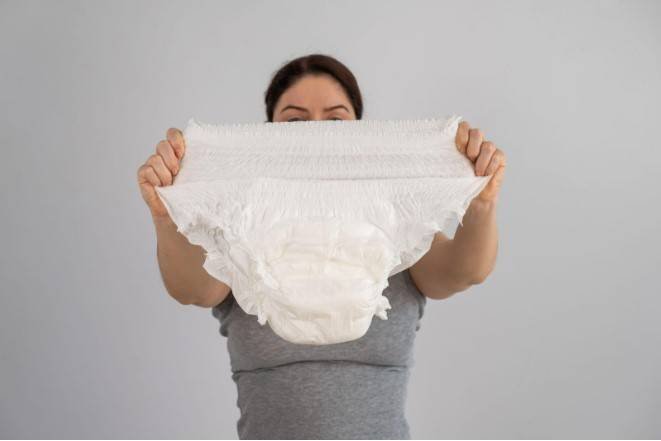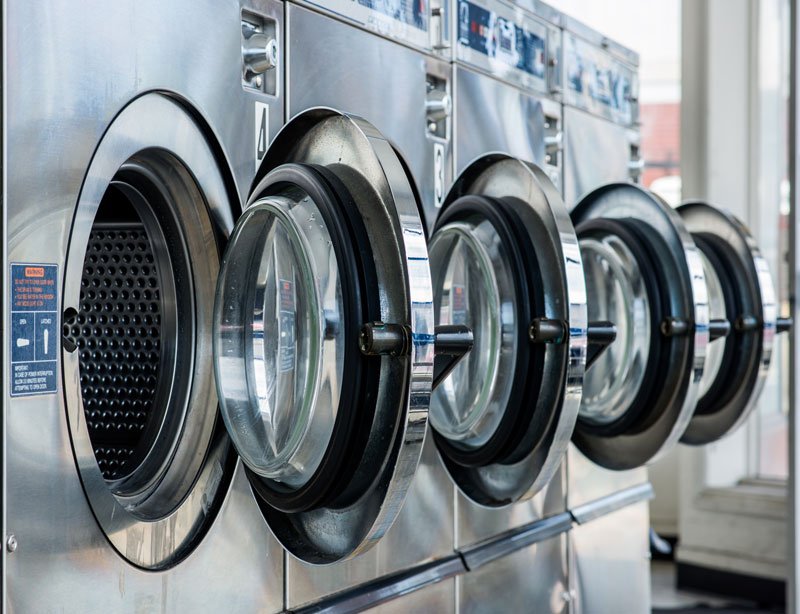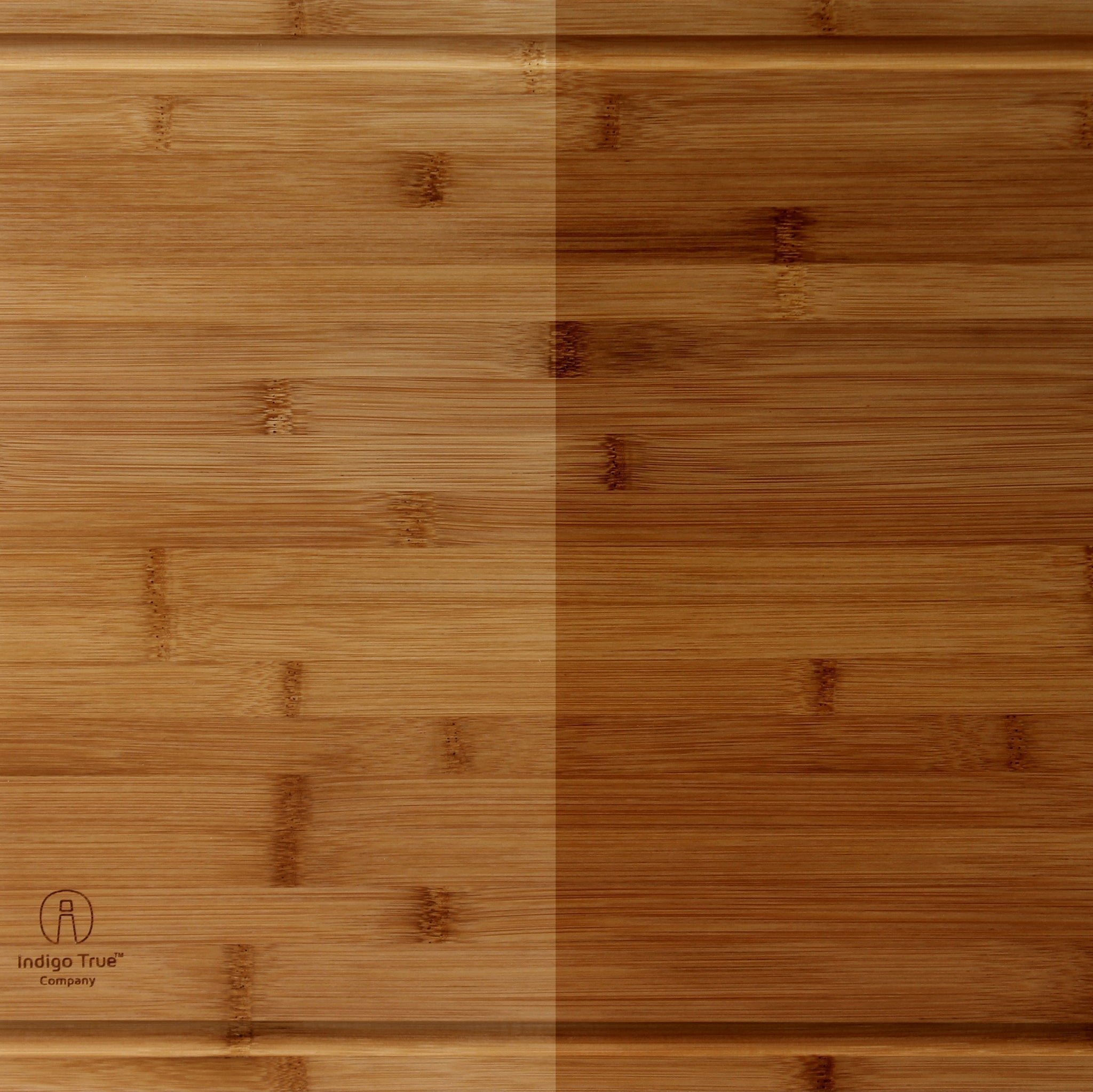You can pee in an adult diaper multiple times, but the exact number depends on the diaper’s absorbency level. High-quality adult diapers can typically handle several wettings without leaking. Choosing the right diaper size and fit is crucial for maximum effectiveness. Remember to change the diaper promptly to maintain hygiene and comfort. Proper usage ensures a stress-free experience for those who rely on adult diapers.
How Many Times Can You Pee in an Adult Diaper?
Introduction:
Imagine the scenario: you or a loved one needs to wear an adult diaper for various reasons, and the question arises – “How many times can you pee in an adult diaper before it needs changing?” This is a common concern for many individuals facing incontinence or other situations that require the use of adult diapers. In this detailed guide, we will explore the factors that determine how many times you can safely pee in an adult diaper, as well as tips for maintaining comfort and hygiene.
Understanding Absorbency:
When it comes to adult diapers, absorbency is a key factor in determining how many times one can pee before a change is needed. Adult diapers are designed to absorb and hold liquid to keep the wearer dry and comfortable. The absorbency level of an adult diaper can vary depending on the brand, style, and size. Some diapers are designed for light to moderate urinary incontinence, while others offer high absorbency for heavy incontinence.
Factors Affecting Absorbency:
Several factors can affect the absorbency of an adult diaper, including the following:
1. **Material**: The material used in the diaper plays a significant role in its absorbency. Diapers made of super-absorbent polymers are more effective at retaining liquid compared to those made of traditional materials.
2. **Fit**: A proper fit is crucial for optimal absorbency. A diaper that is too loose or too tight may lead to leaks and reduce its effectiveness.
3. **Size**: Choosing the right size is essential for ensuring maximum absorbency. A diaper that is too small may not be able to hold as much liquid, while an oversized diaper can lead to leaks.
4. **Design**: The design of the diaper, including its core structure and layers, can impact its absorbency level. Diapers with multiple layers and channels for liquid flow are more efficient at keeping the wearer dry.
Frequency of Changes:
The frequency at which you should change an adult diaper depends on several factors, including the individual’s fluid intake, level of incontinence, and the absorbency of the diaper. While some individuals may need to change their diaper every few hours, others may be able to go longer between changes. It is essential to monitor the diaper’s wetness and change it promptly to maintain skin health and prevent discomfort.
Signs that a Diaper Needs Changing:
Knowing when to change an adult diaper is crucial for maintaining hygiene and preventing skin irritation. Some signs that indicate a diaper needs changing include:
– **Heavy Wetness**: If the diaper feels heavy or saturated, it is time for a change.
– **Odor**: A strong odor coming from the diaper indicates that it needs changing.
– **Leakage**: If the diaper leaks or feels damp to the touch, it is a clear sign that it needs to be replaced.
– **Skin Irritation**: Redness, itching, or discomfort on the skin can result from wearing a wet diaper for too long.
Tips for Managing Adult Diaper Use:
To ensure maximum comfort and effectiveness when wearing adult diapers, consider the following tips:
– **Choose the Right Diaper**: Select a diaper with the appropriate absorbency level for your needs.
– **Change Regularly**: Check the diaper frequently and change it promptly when needed.
– **Maintain Skin Health**: Keep the skin clean and dry to prevent irritation and rashes.
– **Stay Hydrated**: Proper hydration can help regulate urine output and reduce the frequency of diaper changes.
– **Seek Professional Advice**: If you have concerns about adult diaper use, consult a healthcare provider for guidance and support.
Conclusion:
In conclusion, the number of times you can pee in an adult diaper before needing a change depends on various factors such as absorbency, fit, and individual needs. By understanding these factors and following the tips outlined in this guide, you can manage adult diaper use effectively and maintain comfort and hygiene. Remember, it is essential to prioritize your health and well-being when using adult diapers. If you have any concerns or questions, don’t hesitate to seek advice from healthcare professionals.
How many times SHOULD you pee a day? What's normal?!
Frequently Asked Questions
How frequently should an adult diaper be changed for pee?
Adult diapers should be changed as soon as they become wet to maintain cleanliness and avoid skin irritation. It is recommended to check the diaper every 2-3 hours for wetness and change it promptly if needed.
Can an adult diaper be used for multiple wettings?
While some adult diapers are designed to handle multiple wettings, it is not ideal to keep wearing a wet diaper for extended periods. It is best to change the diaper promptly after each wetting to maintain hygiene and prevent discomfort.
Is it safe to urinate several times in the same adult diaper?
Continuously urinating in the same adult diaper can lead to bacterial growth, skin irritation, and unpleasant odors. For hygiene purposes, it is recommended to change the diaper after each instance of urination to ensure comfort and skin health.
Final Thoughts
Adult diapers can typically hold around 1 to 2 full bladder releases. Factors like size of the diaper and individual void volume affect this. For safety and comfort, it is recommended to change the adult diaper promptly after each urination. In conclusion, how many times can you pee in an adult diaper depends on its capacity and your needs, but frequent changes ensure dryness and hygiene.







